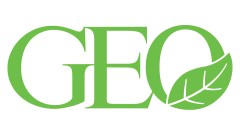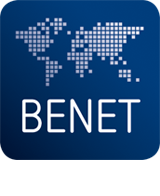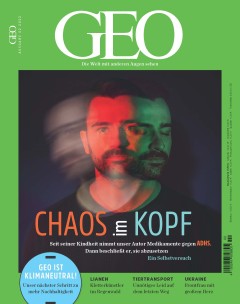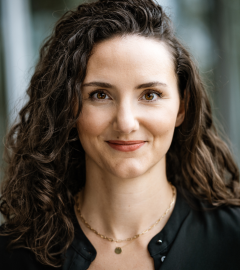For twelve months now, RTL Deutschland’s print magazine “Geo” has been working hard to reduce the greenhouse gas emissions generated during its production. Now the magazine has reached a milestone: “Geo” is climate neutral (see BENET report). In this interview, the publishing unit’s Chief Sustainability Officer Teresa Schönheit talks about the long road to climate neutrality.
When the publishing house decided a year ago to produce “Geo” in a climate-neutral way in the future, you knew it wouldn’t be easy. What were the biggest hurdles along the way?
It was important to us for ‘Geo’ to prevent as many greenhouse gas emissions as possible before they even arise. Only where we cannot manage this do we offset the remaining carbon dioxide emissions through climate-protection projects. The first phase took a lot of time and care. We wanted to understand in detail how exactly we cause what volume of greenhouse gas emissions.
How do you make sure you don’t miss anything?
Specifically, we looked at every single department that feeds into the creation and distribution of “Geo” content: from paper procurement to transport, production, and distribution, to the sites, employees, travel, digital service providers involved, and so on. We took a good hard look at all the processes and work to check whether there is a more sustainable alternative. Our carbon footprinting is based on internationally applicable standards such as the Greenhouse Gas Protocol. We present our methodology transparently on the website geo.de/unserweg . (in German)
What exactly has changed?
A lot of things that aren’t visible at first glance. But one thing you can touch, and feel is the new, much lower-CO2 recycled paper we now use. We have made major changes to the product – which so many people love and cherish. And yet most of our readers have accepted or even welcomed this change.
How do employees feel about the idea of producing “Geo” in a climate-neutral way?

And does that work?
What does work well is the intensive exchange: We now receive data that wasn’t even collected until we requested it. This helps us in our calculations and creates visibility for the topic among our partners. In other areas, however, there is still a lack of data – there, we have to work with projections.
What’s next on the agenda?
We will be changing the production site. I hope to be able to report more on this soon.


